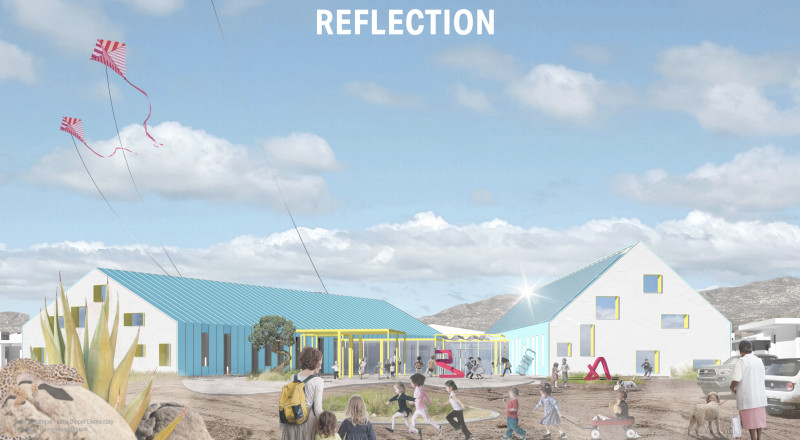Last month, students from 45 teams, representing 31 collegiate institutions, competed for bragging rights during the U.S. Department of Energy’s Solar Decathlon Design Challenge. And they did all digitally. Teams work with various departments in their respective universities (sometimes partnering with other schools), faculty, industry partners, to create a design for a net-zero energy project in one of the following categories:
- Suburban Single-Family
- Urban Single-Family
- Mixed-Use Multifamily
- Attached Housing
- Office Building
- Elementary School

Miami University - Peace Village
Because of the current stay-at-home orders across the world, teams presented their projects to a jury of building professionals via video conferencing. A huge shout out to the organizers of the event, the student teams, and the jurors who made this historically in-person event a successful digital event.
Monash University out of Melbourne, Australia, took the top prize in the Suburban Single-Family Division with Surreal Estate.
The University of British Columbia’s Solis House took top honors in the Urban Single-Family category.
SunBlock Elementary from The University of Arizona in Tucson earned them first place in the Mixed-Use Multifamily Division.
In the Office Building Division, the Illinois Institute of Technology was recognized as the winner with their Vertical River Office Building.
The University of Oregon (Eugene) earned the first-place in the Elementary School Division and was also awarded as the Commercial Grand Winner with Little Dipper Elementary.

University of Oregon - Little Dipper Elementary
And Peace Village from Miami University (Oxford, Ohio) received first-place in the Attached Housing Division and also took home the Residential Grand Winner award.
Take some time and head over to the Solar Decathlon website to watch the student presentations, or take a look at their project summaries and slides. I guarantee you’ll be impressed with the thought and work put into their designs and presentations.